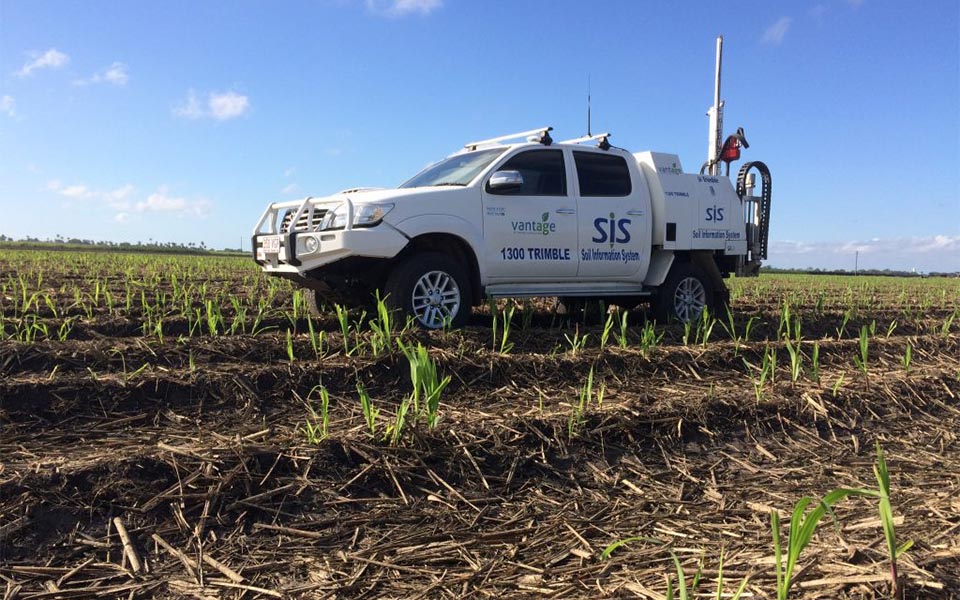Variable rate application isn’t a new concept. In fact, people have been able to use precision ag technology to apply different rates of material across designated zones in a paddock for 20 years. My background is in farming, I was a sugarcane farmer in the Burdekin all of my life up until 4 years ago. We had the opportunity to use variable rate technology in 2005 but we were halted by the fact that we didn’t have the data to understand how to alter our input rates to actually improve our bottom line.
Anyone with basic Geographical Information System (GIS) knowledge/access can produce zones within a boundary and attribute values to those zones for a rate controller to distribute accordingly. Growers can also use cloud-based platforms, use satellite imagery to draw boundaries and at the click of a button, produce a variable rate prescriptions based off that imagery.
Yes, traditional variable rate prescription methods are quick and simple- but for me, they’re leaving the most significant question unanswered- which is, what are you treating? Why are you treating it? And where in the paddock is most affected? Understanding what is driving your profitability and productivity is key to improving your production. You also need to understand what’s hindering your production from performing at its best.
Cue Trimble’s Soil Information System.
This system, which I have been operating for the last 4 years, provides the insight into soil issues that I wish was around when I was farming. A message that gets thrown around in farming a lot is “if we can’t measure it, we can’t manage it.” In reality though, our rule of thumb should be “If we can’t measure it confidently, we can’t manage it confidently.”
The first step to understanding whether you even need to incorporate variable rate into your production is understanding the variability of a paddock. Is it one tonne difference from your best to worst yields, or 3 tonnes? People commonly use yield monitors to understand their variability, which is a great starting point.
If variability is significant, the next step to improving profitability is finding out why variability is occurring- a step that traditional methods of variable rate prescription methods fall short on. SIS testing determines why soil issues are occurring, as it looks at physical & chemical attributes of your soil. Are your plants not able to access water? Is there too much water in your paddock from pooling? Do you have compaction, soil acidity, sodicity issues? Is your soil lacking nutrition? Whatever it is, SIS tests determine the issues occurring, pinpoints where they’re occurring and articulates why. It also highlights the size of the areas the issues are occurring, and to what depth the soil is affected.
SIS provides foundation information about soils in paddocks, it uses sound soil scientific principles to develop spatially correct high resolution data down to 1.2M. So, when farmers and agronomists look at SiS maps, they’re able to develop variable rate prescriptions with a significant amount of knowledge regarding what’s causing yield loss in a paddock. This results in them applying the right amount of inputs, to the correct zones, in order to maximise yields.
To me, SIS is the foundation every farmer needs to manage variability. I’ve been working with farmers across every state, developing soil maps that they have used to confidently practice Variable Rate application. The proof of the system’s success has been the common response that growers have improved their yields and saved money on input costs. Most importantly, growers can assess whether their management has been effective, as SIS is a repeatable system.
To learn more about Soil Information Systems or how it can improve your crop planning, contact your local Vantage representative or learn more about SIS here.






